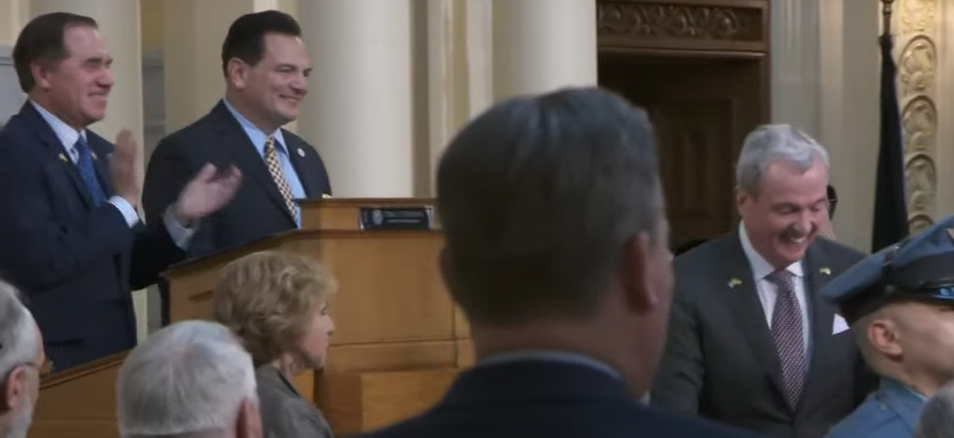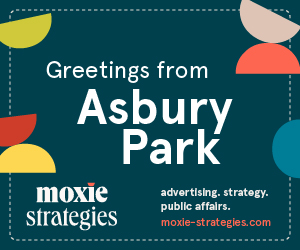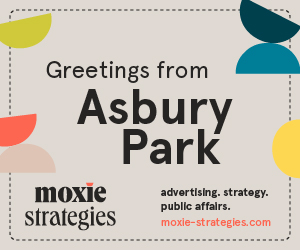In Legislative Election Year, Budget Negotiations will be Intense

The governors’ annual addresses to a joint session of the Legislature – the State of the State message — are largely ceremonial events, an accepted hour-long exercise in back-patting, recitation of past achievements and predictions of a brighter future.
Gov. Phil Murphy’s speech — his first in two years to a live audience — fit neatly into the established pattern of generalizations and the usual pronouncement that “the state of the state is good” and will only improve if the Administration stays the course.
It was designed — as were all those that came before from governors of both parties — to exert a calming influence and reassure the state’s citizens that all is under control and whatever crises may erupt will be dealt with by competent leadership.
Murphy covered the necessary bases — economic growth, property tax relief, aid to public education, crime, protecting access to abortion — while pledging continued progress on all fronts.
His major initiative to revise the state’s regulations governing the issuance of liquor licenses — some of which date back to 1930’s era national prohibition — is unlikely to generate much controversy or public outcry. Those commercial interests directly impacted will be seriously involved and will draw the attention of industry lobbyists as the bill drafting process begins in the Legislature but the broader impact on the daily lives of New Jerseyans will be minimal.
Likewise, his proposal to establish a new — presumably multi-million dollar — fund to aid municipal governments along New Jersey’s shore to refurbish and restore their oceanfront boardwalks.
The immediate impact will be felt in shore communities and counties, but for most New Jerseyans whose thoughts about shore vacations cover three months in the summer, a shiny new boardwalk is not a top of the mind issue demanding of their attention.
Not surprisingly, Murphy touted his homestead rebate program — dubbed ANCHOR by his office — as an historic and ambitious response to the state’s average $9,300 per year property tax bill by a direct award of $1,500 to homeowners with incomes up to $150,00; $1,000 to those with incomes up to $250,00, and $450 to renters.
While the checks will be distributed in the late Spring, it should be understood that there is no guarantee the rebates — made possible largely by a massive infusion of Federal emergency assistance — will continue beyond this year.
An economic downturn or a decline in state tax revenue, for instance, would force the Administration and the Legislature to look to spending reductions to offset the loss and a $2 billion rebate program is too big a target to ignore.
The amount of the rebate could be reduced, the income eligibility limits could be tightened or the program eliminate entirely. The history of the initial homestead rebate program —- begun 1977 — reveals a steady tightening until its current form is a shell of its original and the number of beneficiaries has shrunk dramatically over the years.
While Murphy is on solid ground in emphasizing the ANCHOR program as a significant state effort to address the property tax burden, it may turn out to be a temporary — albeit welcome — solution to a permanent problem.
As the cost of local government increases steadily year to year and as reliance almost exclusively on property taxes continues to fund school districts, municipalities and counties, the burden will grow.
The ANCHOR program is part of the historic response of state government centered largely on annually increasing state aid — particularly to school districts — as the principal effort toward property tax relief. There has been and continues to be little interest in an in-depth examination of the state’s tax structure to determine its fairness and effectiveness or whether alternative revenue-raising devices should be considered seriously.
Murphy’s ANCHOR may be dragged into the depths by the anchor of inexorably rising government costs while property taxes remain the major source of funding.
As the loyal minority in opposition, Republican legislative leaders criticized the governor as a tax-raising spendthrift whose policies have contributed to the state’s unaffordability.
His social agenda, they argued, is extreme — stricter firearms control, abortion access, for instance — and is a transparent effort to promote his national ambitions.
While Murphy’s name crops up periodically in speculation commentaries concerning the 2024 presidential election, the odds of his becoming a viable contender should President Biden choose to stand down after one term are extraordinarily long.
He has governed from the left of center — as he said he would — and some of his policies reflect his reaching toward his party’s progressive wing, signs to his critics that he’s looking beyond Trenton. In his private moments, the thought may have crossed his mind as his second term as governor winds down, but securing a national base of organizational and financial support is unlikely.
If there are those around him promoting his viability and privately encouraging him to keep his options open, they are engaged in a wishful thinking exercise.
While there have been occasional newsworthy nuggets included in State of the State messages, the addresses are eclipsed within six weeks or so by the executive’s submission of a proposed state budget for the next fiscal year — a detailed document outlining the Administration’s program and policy priorities to be supported by what will surely be upwards of some $50 billion in taxpayers’ money.
With the full Legislature on the ballot this year, budget deliberations are sure to be more intense as incumbents attempt to use what is arguably the highest profile agenda item to their advantage while challengers will pick it over to uncover instances of profligate or misguided spending.
Murphy’s State of the State address will be largely overlooked and forgotten by then as another annual ceremony in government affairs.
Liquor licenses and boardwalk repairs most likely won’t find their way into the legislative political campaigns, blotted out by debates and confrontations over where, how and on what to spend more than $50 billion in public money.
Carl Golden is a senior contributing analyst with the William J. Hughes Center for Public Policy at Stockton University.








Leave a Reply